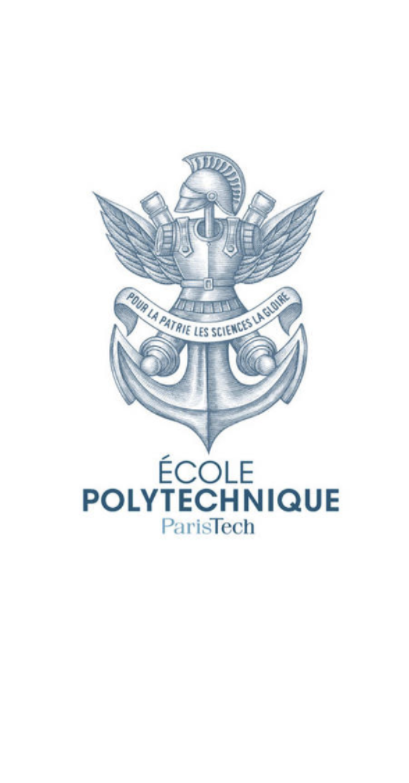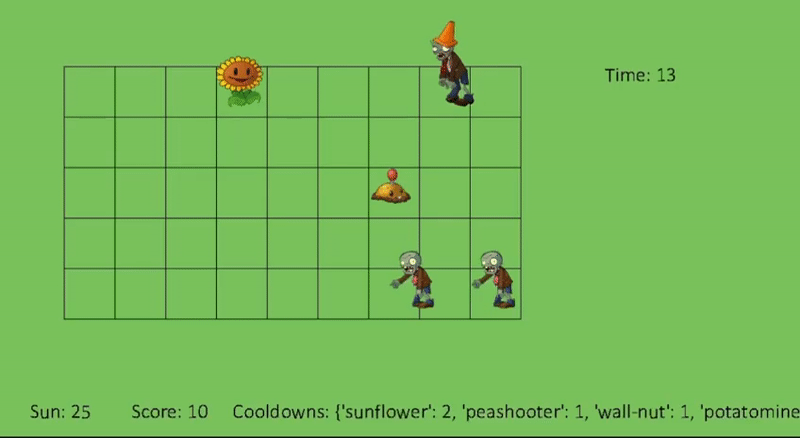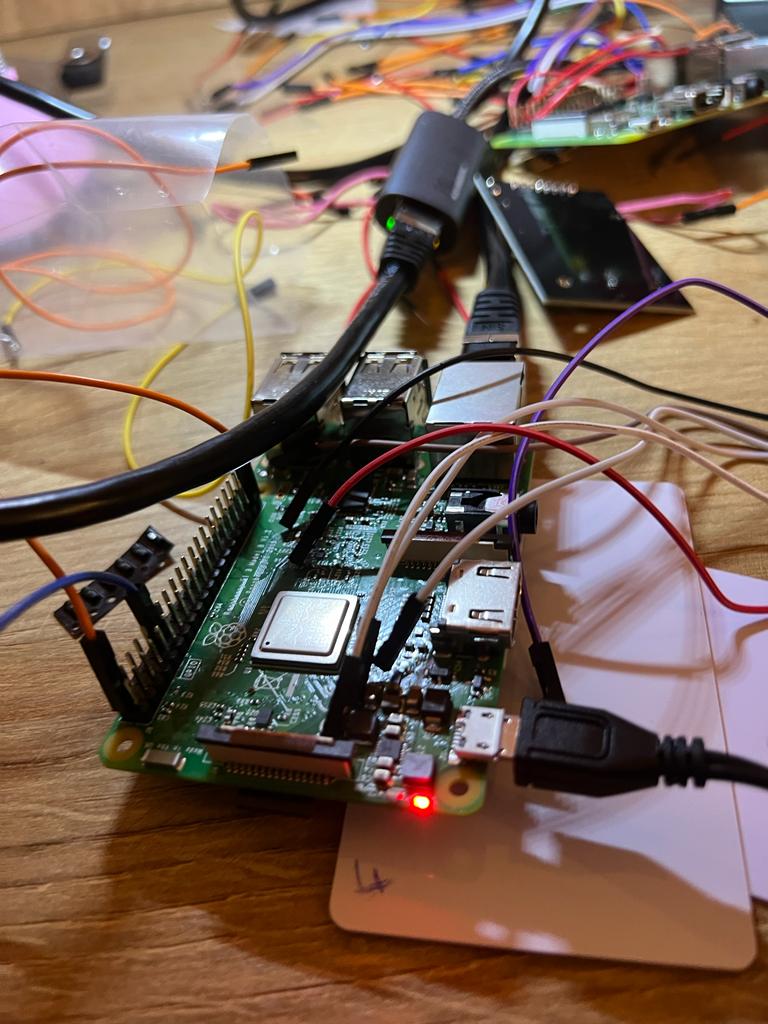Pooling techniques in hybrid quantum-classical convolutional neural networks
This work proposes hybrid quantum-classical convolutional neural networks (QCCNNs) for medical imaging classification. The study focuses on exploring different pooling techniques in QCCNNs for 2D medical image classification tasks. By simulating the network using the pennylane framework, comparable or improved performance is observed compared to equivalent classical models and QCCNNs without pooling. These findings highlight the need for further investigation into architectural choices in QCCNNs for future applications.
You can access the letter of reference from Fraunhofer here. , the full master thesis report here. and the accepted paper here.






